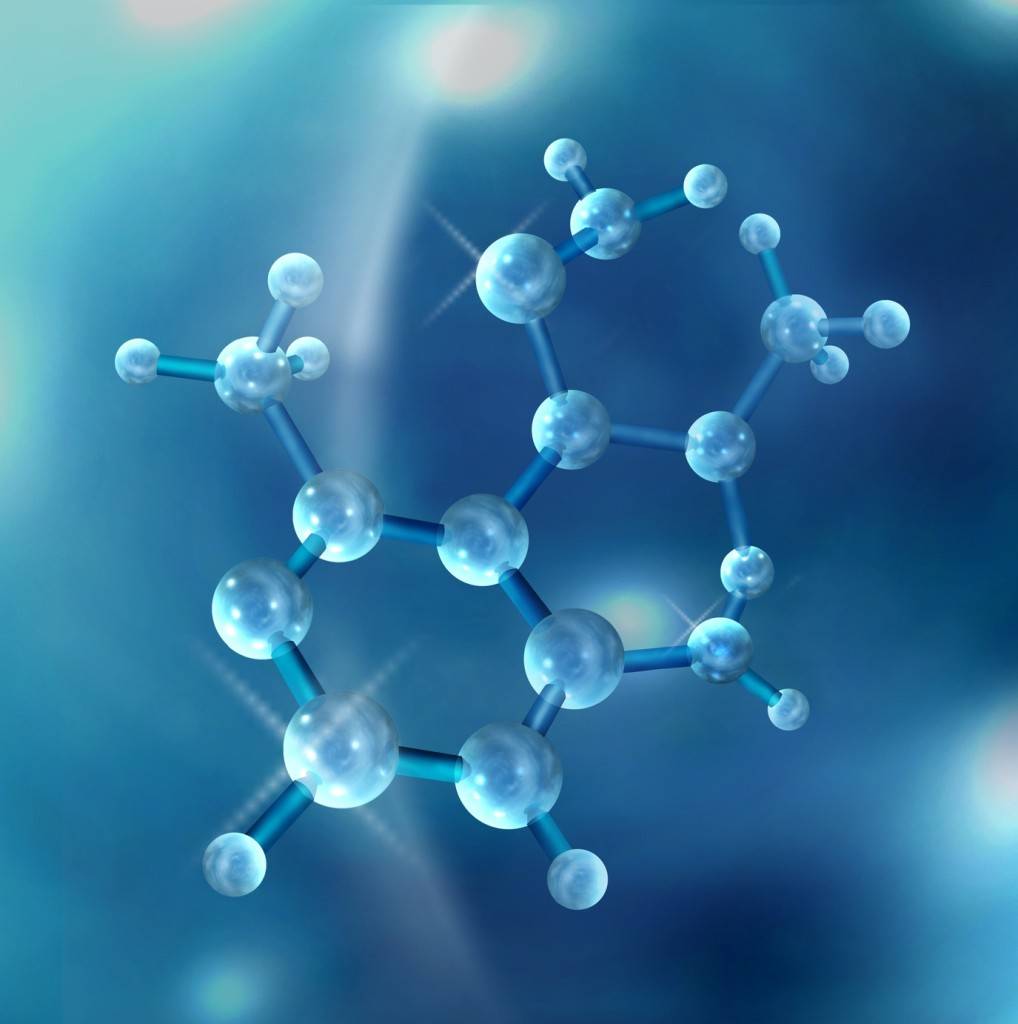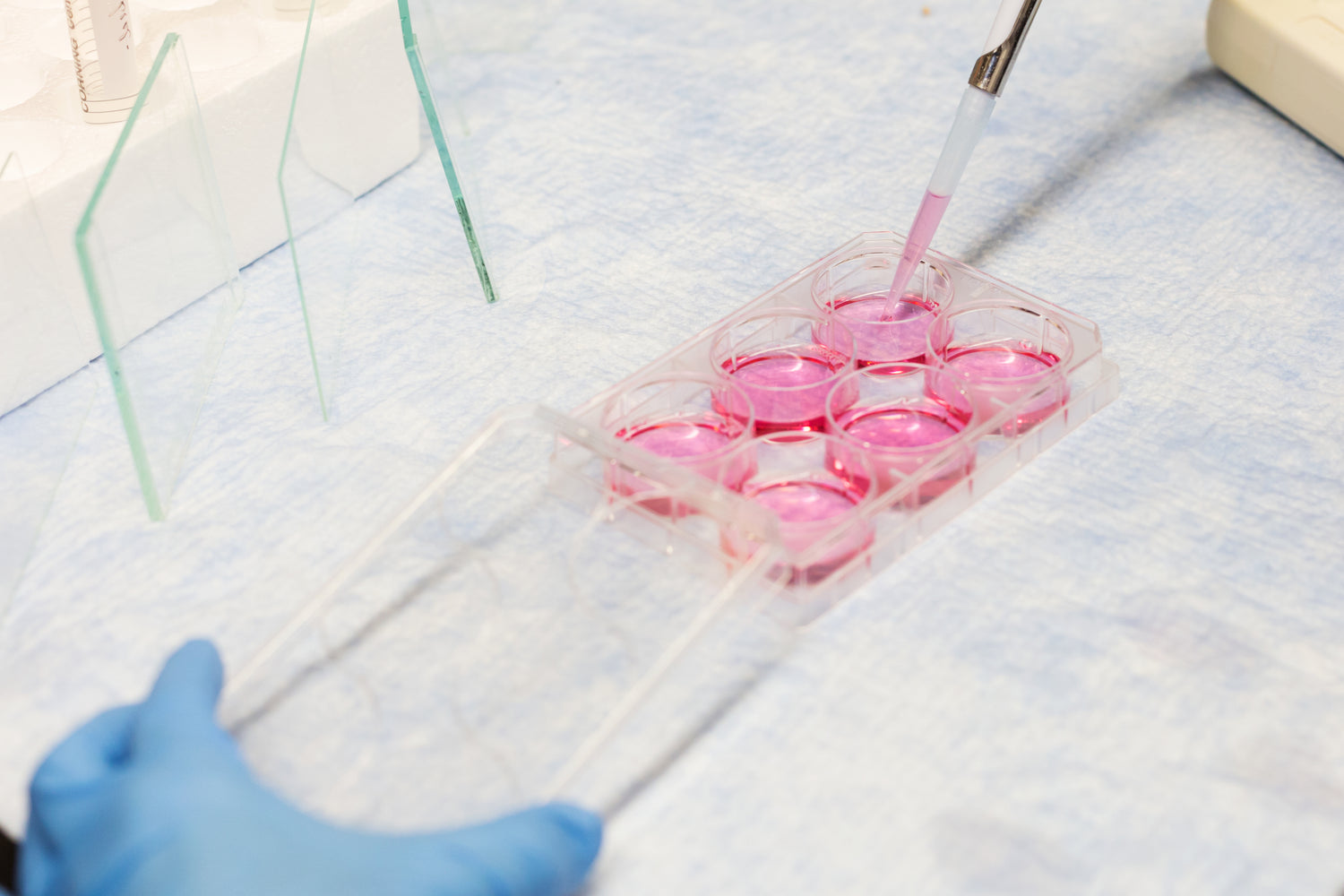Ultrasonic catalysis is a technique that uses ultrasonic waves to accelerate chemical reactions. The core principle is the ultrasonic cavitation effect.
When the ultrasonic wave propagates in the liquid, it will produce a negative pressure phase, which makes the tiny bubbles (cavitation nuclei) that originally exist in the liquid expand rapidly, and collapse sharply in the positive pressure phase. The moment of the collapse of the cavitation bubble will produce extreme conditions such as local high temperature (up to 5000K), high pressure (up to 1800atm), and high-speed microjets (up to 110m/s).

These extreme conditions can provide the activation energy required for chemical reactions, and promote the chemical bonds between the reaction molecules to break and recombine, thus accelerating the chemical reaction. For example, in some organic synthesis reactions, ultrasonic catalysis can significantly increase the reaction rate and shorten the reaction time.
Relationship with ultrasonic: Ultrasonic catalysis depends on the special physical effects generated by ultrasonic waves, especially the ultrasonic cavitation effect. Without ultrasound, ultrasonic cavitation cannot be produced, and there is no ultrasonic catalysis.
Ultrasonic parameters (such as frequency, power, amplitude, etc.) have a direct impact on ultrasonic catalytic effect. Different chemical reactions may require specific ultrasonic parameters for optimal catalytic effect. For example, lower frequencies of ultrasound may produce larger cavitation bubbles, which is suitable for some reactions that require larger energy shocks; However, the cavitation bubbles produced by higher frequencies of ultrasound are smaller and more numerous, which is more suitable for finer reactions to energy requirements.

Application: In organic chemical synthesis, ultrasonic catalysis can be used for a variety of reaction types, such as oxidation reaction, reduction reaction, addition reaction, etc. For example, in the process of some drug synthesis, the use of ultrasonic catalysis can improve the reaction yield, reduce the reaction temperature and reaction time, and reduce the occurrence of side reactions.
In the field of environmental chemistry, ultrasonic catalysis can be used to treat pollutants in wastewater and exhaust gas. By accelerating the degradation reaction of pollutants, the efficiency of environmental treatment is improved. For example, for organic pollutants that are difficult to degrade in wastewater, ultrasonic catalysis can decompose them into small molecules of harmless substances.








